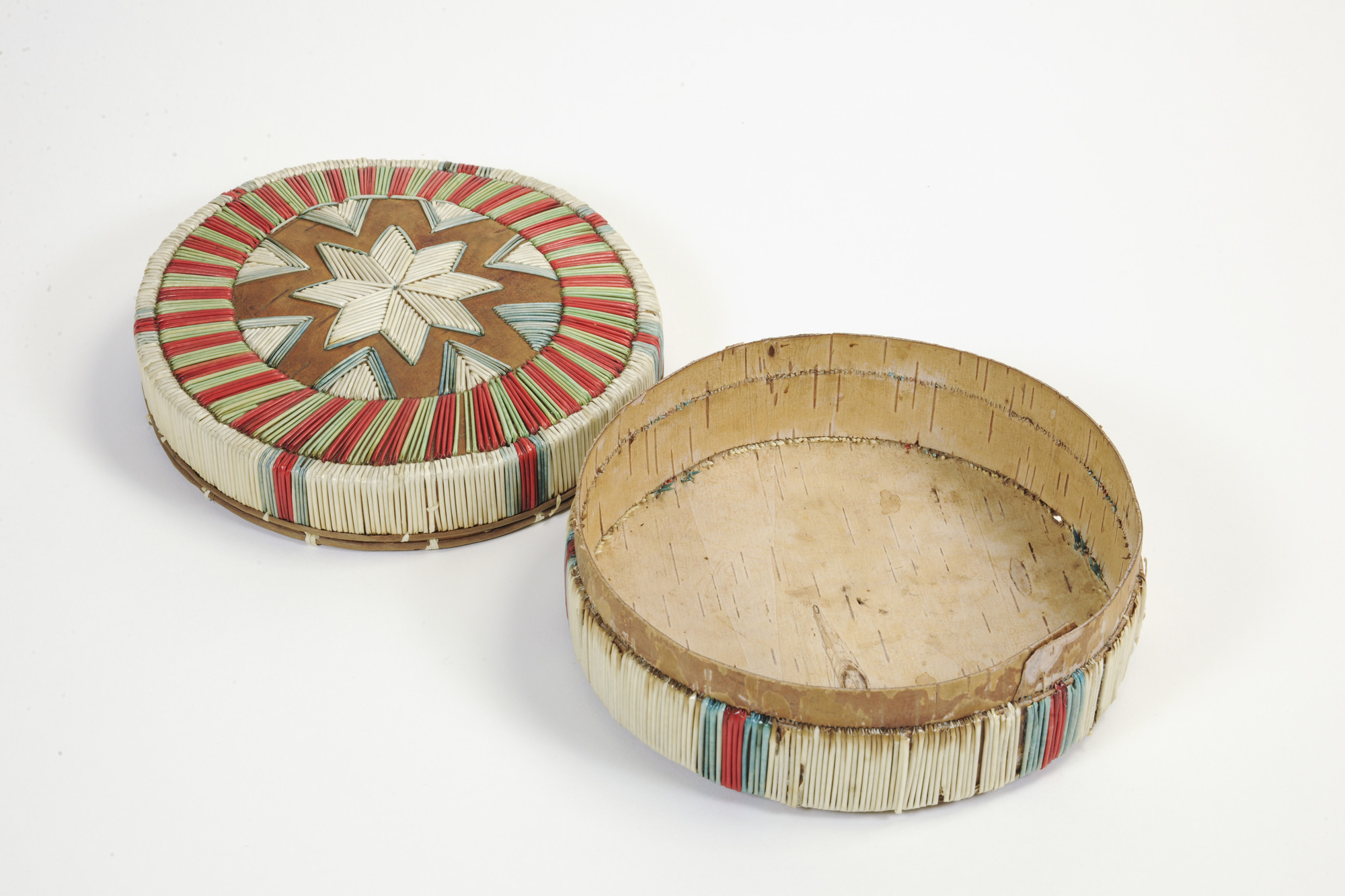Quilt Festival Blog
A Journey Through Quilting History
Author: Y. Bilan-Wallace
Part Two
Symbolism in Textiles and Quilts
A Legacy of Protection, Memory, and Storytelling
In Part 1, I explored how quilt blocks and designs serve as symbols of repurposing, rebirth, memory preservation, and storytelling. Patterns and meanings in textiles trace back through human history—perhaps even as far as the earliest cave paintings. It’s not hard to imagine that the same symbols once drawn on cave walls were later applied to skin, cloth, and woven fibers, believed to offer protection to the wearer.
Ancient Symbols in Textiles
In Afghanistan, symbolic patterns were thought to ward off evil spirits:
- Yellow repelled ghosts
- White countered the evil eye
- Green represented nature’s sacred power
- Red was dedicated to the Prophet Mohammed
In Turkish traditions, textiles featured geometric shapes with protective and spiritual meanings:
- Triangles symbolized protection
- The eight-pointed star represented the wisdom of Solomon
- Five squares arranged in a pointed shape could curse those who sought to harm a nomadic woman
- The number five itself acted as a talisman against the evil eye
One of the most enduring symbols is the Nazar boncuğu, an ancient blue-and-white motif resembling an eye, still widely used in Turkey to ward off misfortune. Even today, it can be seen adorning objects—from jewelry to the side of a Turkish Airlines airplane

Patchwork: A Sacred and Practical Tradition
Patchwork itself has held deep symbolic meaning across cultures. Buddhist monks, Muslim Fakirs, and Dervishes wore patched garments as a visible sign of their vows of poverty. The Dervishes even described Mohammed as a man who always wore patched clothing, reinforcing the spiritual significance of quilted and mended textiles.
Beyond its religious and symbolic meaning, quilted patchwork served practical purposes—most notably as armor for both men and horses in battle. Early warriors used layers of quilted fabric as a form of protection, long before the widespread use of metal armor.
The Arrival of Patchwork in Europe and North America
Some historians believe that crusaders introduced patchwork and appliqué techniques to Europe in the 12th and 13th centuries after encountering these practices in the Middle East. One of the earliest surviving European quilts, the Tristan Quilt (1395), showcases intricate craftsmanship from this era, proving that quilting had already become a refined art form by the late Middle Ages.
In Canada, Indigenous communities had long practiced textile artistry, incorporating porcupine quillwork, appliqué, and beadwork into clothing and blankets. When European settlers arrived, they brought quilting traditions with them, but it was Indigenous knowledge—particularly in using natural dyes and adapting to the harsh Canadian climate—that helped shape the distinct Canadian quilt heritage.
By the 18th and 19th centuries, patchwork quilting became a deeply ingrained tradition among settlers, reflecting their hardships, resourcefulness, and connections to the past. Each quilt carried stories—whether stitched by pioneer women using scraps of fabric from old garments or created by Indigenous artisans blending ancestral techniques with new materials.

The Lasting Legacy of Quilt Symbolism
From ancient amulets to frontier patchwork, textile symbolism has remained a powerful way to express beliefs, protection, and identity. Whether in Afghanistan, Turkey, medieval Europe, or early Canada, quilts and textiles have always been more than just practical items—they are woven records of history, survival, and cultural expression.

